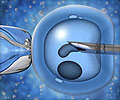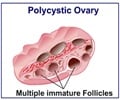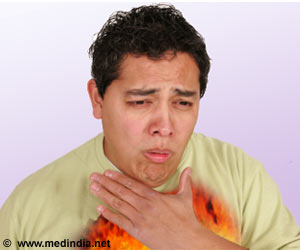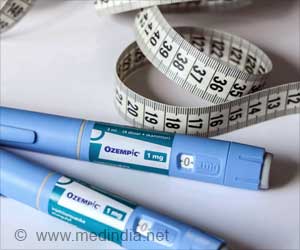- Overweight boys have reduced testicular volume, increasing their risk of infertility
- Childhood obesity is associated with lower testicular growth and potential reproductive health issues
- Maintaining a healthy body weight during childhood may help prevent future fertility problems in males
Testicular volume in 268 children and adolescents followed-up for childhood obesity—a retrospective cross-sectional study
Go to source).
Male Infertility and the Alarming Rise of Childhood Obesity
Infertility affects both persons of reproductive age's psychological health as well as their economic and social lives. In 2010, 48 million couples were affected by infertility. Although male infertility is sometimes overlooked by spectators, studies estimate it contributes to marital infertility in almost half of all cases. However, in most situations, the cause of male infertility is unknown. According to a German study that analyzed infertility in over 20,000 male patients referred to a reproductive center, 70% of them could not be diagnosed. A large proportion of childless male patients have no explanation for their infertility. According to research, sperm concentration and total sperm count have been falling during the last forty years. Parallel to the fall in sperm count, the prevalence of childhood obesity has risen from 32 to 42 million worldwide. Observers predict that by the age of 35, around 60% of today's children will be obese.Testicular Hypotrophy and the Threat of Childhood Obesity
According to Italian polls, about a quarter of young men aged 18-19 have testicular hypotrophy, putting their future fertility at risk. Various environmental factors (including endocrine-disrupting chemical exposure) and human habits (such as sedentary behavior or eating disorders) have altered substantially over the last few decades. The effect of childhood obesity and obesity-related metabolic diseases on testicular growth is uncertain. Researchers from the University of Catania in Sicily conducted a retrospective, cross-sectional study on children and adolescents aged 2 to 18 years who were sent to the Unit of Pediatric Endocrinology for body weight control.The researchers gathered information on testicular volume, age, BMI, and insulin resistance from 268 children and adolescents. They discovered that boys of normal weight had 1.5 times the testicular volume of those who were overweight or obese at peripubertal age.
Children and adolescents in the study with normal insulin levels had 1.5-2 times more testicular volume than those with hyperinsulinemia, a disease commonly linked with type 2 diabetes in which individuals have greater insulin levels in their blood. Overweight or obese people, as well as those with hyperinsulinemia or insulin resistance, have lower testicular volume than healthy people. Because smaller testicular volume predicts poorer sperm production in adulthood, the researchers believe that losing weight may help patients prevent infertility later in life.
Impact of Childhood Obesity on Testicular Growth and Future Reproductive Health
“Although the prevalence of childhood obesity is increasing worldwide, the impact of obesity and associated metabolic disorders on testicular growth is not well known,” said Rossella Cannarella, one of the authors of the paper. “In this study, we found that being overweight or obese was associated with a lower peri-pubertal testicular volume. In addition, obesity-related comorbidities, such as hyperinsulinemia and insulin resistance, have been found to influence testicular volume in pre- and post-puberty. Therefore, we speculate that more careful control of body weight in childhood could represent a prevention strategy for maintaining testicular function later in life.’Reference:
- Testicular volume in 268 children and adolescents followed-up for childhood obesity—a retrospective cross-sectional study - (https://academic.oup.com/ejendo/article/188/4/331/7106271?login=false)















